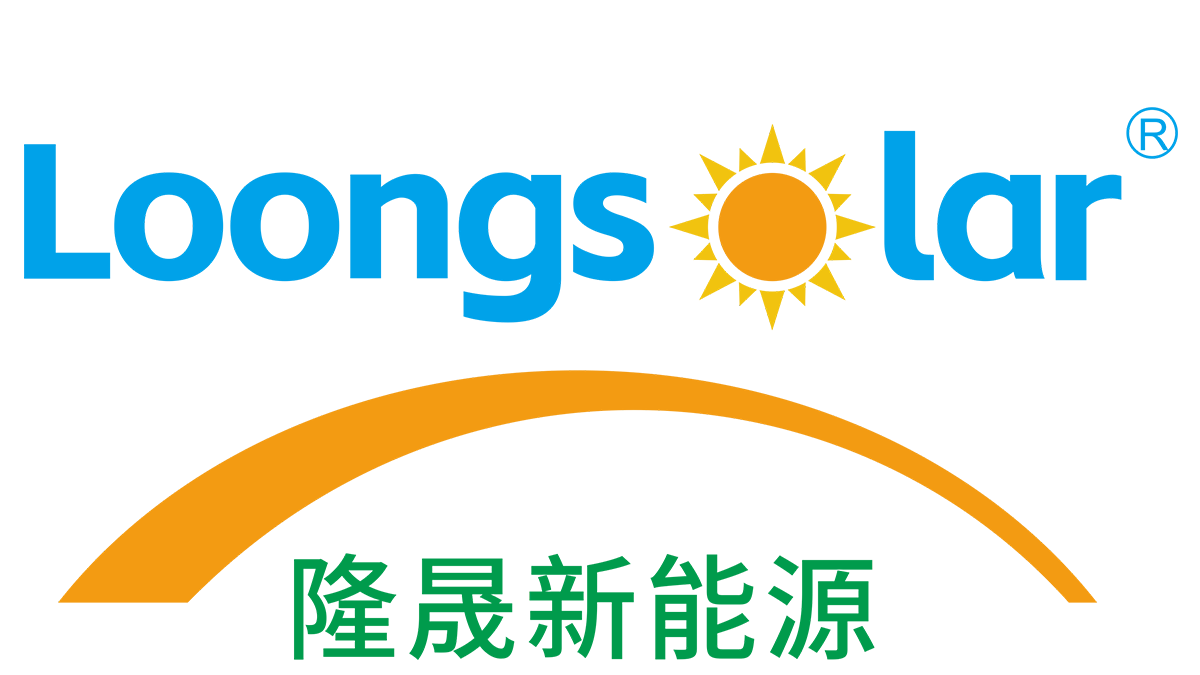Understanding Modular Design in Solar Mounting Systems
What Is Modular Design?
Modular design within the context of solar mounting systems refers to a construction approach emphasizing flexibility and configurability. This approach uses pre-fabricated components designed for easy assembly, allowing for diverse configurations tailored to specific project needs. Principles of modular design include simplicity, adaptability, and the construction of complex structures from basic components. These principles significantly enhance the solar installation process through quicker assembly and easier transport, as pre-fabricated modules reduce on-site labor and logistical costs. By incorporating modular design, solar panel installation becomes more efficient, accommodating different site requirements swiftly, which is crucial for the dynamic demands of solar energy systems.
Core Components of Modular Solar Mounting
The key components of modular solar mounting systems include rails, brackets, and mounts—each playing a fundamental role in ensuring the efficiency and adaptability of the system. Rails provide a sturdy foundation and guide the alignment of solar panels; brackets secure the panels to the rails, offering necessary stability; and mounts anchor the entire structure to its base, whether it's a roof or ground installation. The importance of standardized components cannot be overstated; they ensure compatibility across various system designs and ease of replacement, leading to reduced maintenance costs. This standardization allows solar panel system configurations to adapt to advancements in solar panel and site technology without necessitating complete system overhauls. The efficiency of solar mounting components directly impacts installation speed and adaptability to different environmental conditions, further underscoring the strategic value of modular systems in solar installations.
Benefits of Modular Systems for Solar Panel Installation
Simplified Upgrades and Maintenance
One of the standout benefits of modular systems in solar panel installation is the simplified approach to upgrades and maintenance. Modular designs enable easier repairs and updates by allowing components to be replaced individually rather than overhauling the entire system. This flexibility significantly reduces downtime and ensures that solar energy systems remain operational with minimal disruption. For instance, if a technological advancement arises that increases panel capacity, it can be integrated smoothly without dismantling the existing setup. Studies have shown that simplified component replacement can lead to reduced maintenance costs, exemplifying the financial advantages of modular systems.
Cost-Effectiveness Over Time
Investing in modular systems for solar panel installations can yield substantial long-term financial benefits. These systems enhance return on investment (ROI) by offering savings from both installation and maintenance perspectives. Unlike traditional mounting systems, modular systems minimize labor and materials required during setup, translating into immediate cost reductions. Furthermore, their ease of maintenance increases the longevity of solar panel systems, ensuring that homeowners and businesses can enjoy prolonged cost savings. According to industry statistics, modular design can lead to significant financial savings, presenting an attractive economic model for those adopting solar technology.
Adaptability to Different Solar Energy Systems
Modular systems demonstrate exceptional adaptability across various solar energy applications, accommodating different panel types, such as bifacial and monocrystalline. This flexibility makes them suitable for both residential and commercial settings, providing a scalable solution that caters to diverse requirements. For example, a modular system can be modified to suit the specific needs and constraints of a rooftop in a residential area or a ground-mounted array in a large commercial space. Real-world cases abound where modular systems have been successfully adapted to meet unique site demands, illustrating their potential to handle diverse solar installations effectively.
Key Features of Upgrade-Ready Mounting Systems
Interchangeable Parts and Standardization
Interchangeable parts and standardized components are pivotal in modular mounting systems, enhancing interoperability and streamlining upgrades. Standardization creates a framework where parts can be easily swapped or replaced without altering the entire setup, leading to lower inventory costs and simpler maintenance. By using interchangeable parts, businesses can maintain a lean inventory, efficiently manage repairs, and promptly update technology. Industry experts like John de Papp from PanelClaw anticipate that standardization will drive the future of solar technology. They highlight its role in encouraging innovation while ensuring compatibility across different products.
Compatibility with Solar Panels for Home Use
Modular mounting systems offer adaptability for residential settings, accommodating various solar panel sizes seamlessly. This versatility empowers homeowners to select panels that best meet their energy demands, optimizing solar energy system performance. By considering compatibility factors, such as panel dimensions and installation space, systems can be customized to improve efficiency. This adaptability makes solar panels more accessible and appealing to different households, ensuring installation processes are both streamlined and effective.
Structural Integrity in High-Wind Environments
The design features of modular mounting systems are particularly beneficial for maintaining structural integrity in high-wind conditions. These systems are engineered to meet rigorous building codes, ensuring reliable performance under extreme weather stresses. For instance, companies such as SunModo have successfully integrated features like adjustable clamps to distribute loads evenly, thereby preventing potential structural failures. Using Bessel points, a principle that supports horizontal beams optimally, ensures clamps remain within safe zones, reducing the risk of damage during high-wind events. Real-world case studies demonstrate that these enhanced designs significantly improve durability in adverse climates, making them a robust choice for challenging environments.
Integrating Modular Systems with Existing Installations
Retrofitting Strategies for Older Systems
Retrofitting older solar installations with modular systems is a strategic way to enhance efficiency and sustainability. The adaptability of modular systems allows for the integration of new technologies without complete system overhauls. This is vital as numerous older solar setups are not optimized for today's energy demands. During retrofitting, challenges such as obsolete components and mismatched interfaces can arise. These can be addressed by utilizing standardized retrofitting kits that ensure seamless compatibility across different system configurations. An increasing trend toward retrofitting is evident, as it offers a cost-effective solution compared to replacing existing installations entirely while maximizing the potential of solar panel systems.
Ensuring Seamless Solar Panel System Integration
Ensuring seamless integration of modular systems with existing solar panels requires meticulous planning and thorough assessments. Initial evaluation of the existing system's compatibility with potential modular upgrades is crucial to identify necessary adjustments or modifications. Collaboration between manufacturers and installers can significantly enhance the integration process, as manufacturers can provide tailored solutions that fit the unique specifications of each solar panel system. Compatibility checks prevent potential issues and ensure that the systems perform efficiently post-integration. With the ongoing advancement of solar technology, such collaborations become increasingly essential to maintaining operational efficiency and achieving sustainable solar energy systems.
Future-Proofing Solar Investments with Modular Design
Scalability for Expanding Energy Needs
Modular solar panel designs offer a strategic advantage in scalability, addressing growing energy needs efficiently. These systems allow for the addition of new modules as energy consumption increases, ensuring that solar energy systems can evolve in line with demand. Products like flexible solar panels are expected to become prominent, accommodating future advancements in solar technology. In rapidly growing energy markets, data from the Solar Energy Industries Association (SEIA) highlights a significant rise in scalable systems, emphasizing their ability to meet dynamic energy demands seamlessly.
Adapting to New Solar Panel System Technologies
Modular systems are invaluable for accommodating new solar technologies and innovations, making them an essential part of future-proofing investments. By embracing forward-thinking design principles, these systems easily integrate advancements in energy capture, such as improved silicon cell efficiency or unique solar panel architecture. The flexibility offered by modular systems ensures investments remain protected over time, as businesses can upgrade components without overhauling entire installations. This adaptability, supported by strategic design, ensures that companies remain competitive as solar technologies evolve, maximizing the lifespan and efficacy of solar panel systems.






